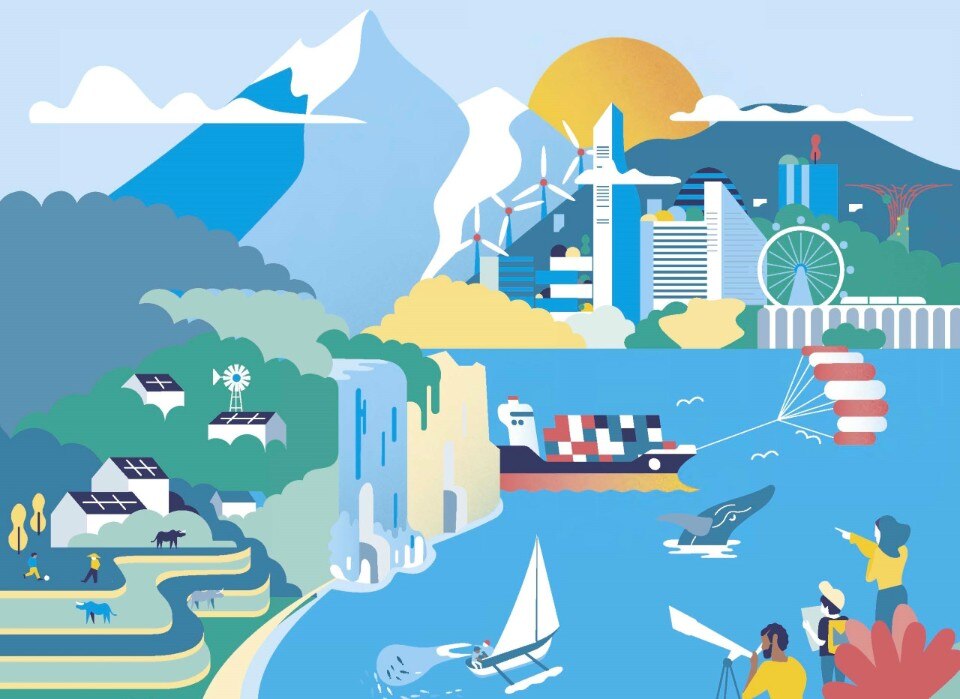In this issue, you will find many products premiered at the Salone del Mobile in Milan. The event is the backbone and shop window of the international design industry. Here, each year the design sector presents itself in the boundless exhibition halls of Fiera Milano. At the same time, in the inner city of Milan, all kinds of innovative goods and artistic works are on show in the countless side events staged within a wonderful atmosphere that stretches into the Milanese night.
Two years ago, I was ambassador for the Dutch Design Week in Eindhoven, an event focused on experimentation which does not feature the trading side of the Salone. In this sense, the two events complement each other. In the April issue of Domus we included a Q&A with Claudio Luti, president of the Salone. This month, we talk with Martijn Paulen, director of the Dutch Design Foundation, about his vision for the event and the products for the future city. On these pages, we present a selection of items from both the Milan Design Week and the Dutch Design Week that we think can help to save the planet from the looming climate catastrophe. While this issue was in preparation, an alarming report published by the United Nations called for “urgent action” to protect human and environmental health from climate change. What can design and designers do to confront this stark reality?
The effects of global warming are evident and affect our daily lives. Ski resorts, for instance, lack snow, even when they keep moving higher into the mountains or further north in the northern hemisphere. In this issue, Marco Zorzanello portrays the denuded ski slopes of the Alps, (partially) filled with artificial snow, while skiers wander around the grassy slopes in their skiing outfits.
While this issue was in preparation, an alarming report published by the United Nations called for urgent action to protect human and environmental health from climate change
More uplifting news comes from Madrid and Paris. I truly admire what these cities’ mayors – both determined women – are doing to transform the French and Spanish capitals. Paris’s Anne Hidalgo is behind the execution of a transcendental social housing programme in the city, ensuring that one of the world’s most expensive urban areas will remain affordable to some of the less privileged. Accordingly, in this issue we show four of the countless fantastic new and beautiful social housing projects in Paris. At the same time, Madrid’s mayor Manuela Carmena speaks to us about the value of tolerance, solidarity and education, her completed plan to make Madrid’s river green again, and her decision to ban polluting vehicles from the city centre.
Forbes recently reported that, contrary to widespread expectations, retail sales in Madrid’s central areas have increased by 9.5 per cent as a result of the car ban. Meanwhile, Manuela faces massive challenges, as almost 25 per cent of urbanised land in and around Madrid is composed of partially vacant or incomplete urban development leftover from the recent crisis. In an artist’s impression, we suggest a possible way to deal with such vacancy: just make the empty plots available to the citizens. During our conversation, Manuela told me that this might be her last job, that she does not need to be re-elected or make another career move, so she can afford the luxury of implementing a bold vision without thinking of the next four-year cycle. So far the results have been impressive, in both cities. We should draw inspiration from the example of these two mayors.
Another heartening contribution comes from Menno Schilthuizen. He describes how nature evolves and adapts to urban surroundings, how city snails are changing the colour of their shells to gain an advantage, and how Parisian pigeons have evolved to survive the heavy metals that they ingest from the urban food chain. This makes me wonder about evolution and prompts me to return to design. If flora and fauna evolve, and if we humans need to evolve too, how must design evolve to address the challenges that lie ahead?
Opening image: cover of GEO-6, the 6th Global Environment Outlook report published by UN Environment in March 2019, during the 4th United Nations Environmental Assembly. A tool to analyse the present state of the environment, the report illustrates possible future environmental trends and assesses the effectiveness of current policies


